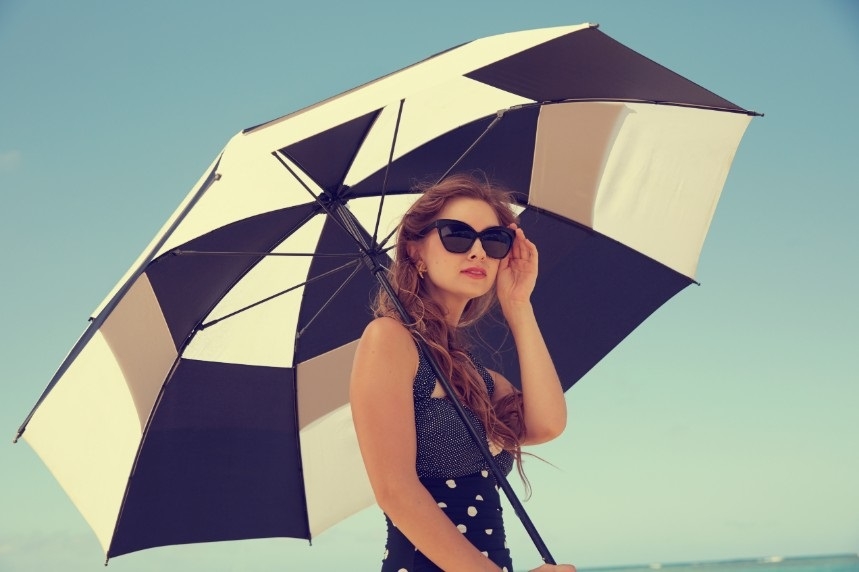Heat Wave Alert: Simple Tips To Handle Heat Stroke While Traveling

She says it is important to recognise the early signs and take quick actions to prevent complications. "Whether you are backpacking across a sunny country or simply caught in a heatwave during business trip, it's important to know how to spot the symptom and use first aid to protect yourself," says Dr Agarwal.
Symptoms of Heat Stroke
High body temperature (above 104°F or 40°C)
Hot, dry skin or profuse sweating
Confusion, agitation, slurred speech
Nausea or vomiting
Rapid heartbeat and breathing
Headache or dizziness
Loss of consciousness or fainting
Seizures (in severe cases)
Tips to Save Yourself From Heat Stroke
Ensure that you are drinking enough water every hour, even if you don’t feel thirsty. It can help keep your body cool and also prevent the risk of dehydration.
Wear appropriate clothes. Avoid wearing tight clothes. Wear light-colored loose cotton clothes. They can help your body breathe and also stay cooler in the scorching heat.
Limit stepping outside between the peak sunlight hours, which are between 12 pm to 4 pm. This is when the sun’s heat is quite strong.
If you still have to go outside during the peak hour, then always carry your water bottle, wear sunglasses, an umbrella, or a cap, and also use sunscreen.
Focus more on eating light meals like curd, fruits, or salads. Heavy, greasy, and spicy food can make your body feel hotter.
While traveling, always carry a water bottle, ORS sachet, and wet tissues.
If you feel dizzy, weak, confused, or like vomiting, then it could be heatstroke. Immediately move to the shade, drink water, and rest.
Do not drink water in a hurry or while standing. Sip water slowly, lie down in a cool place and keep a wet tissue on your head to cool down your body temperature.
If you feel uneasy and symptoms don’t improve, then immediately consult a doctor.
Don’t do an intense workout during the peak heat hours.